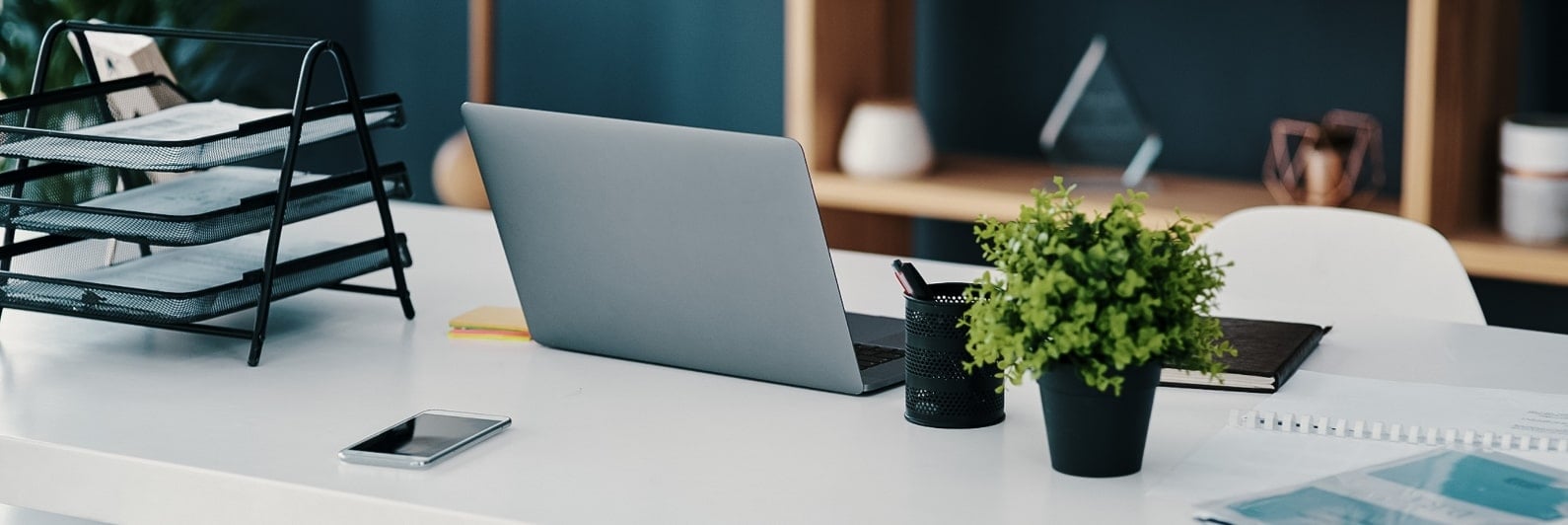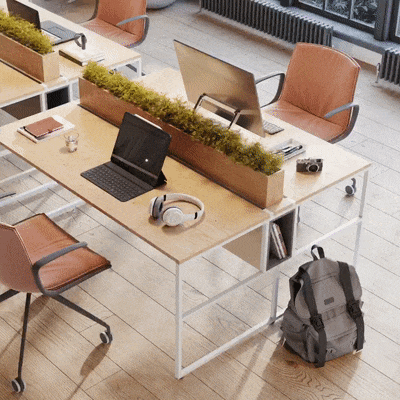Why you Can't Optimize your Spaces Without Understanding Passive Occupancy

VergeSense is the industry leader in providing enterprises with a true understanding of their occupancy and how their offices are actually being used.
It’s possible your workplace sensors aren’t providing you with an accurate view of your workplace usage. In fact, 50% of your space usage may be untracked right now. This can result in an inaccurate understanding of how spaces are being used, unreliable room and desk booking experience, and general misinformation negatively impacting your workplace strategy.
The risk of making decisions on an incomplete set of facts are just too high. So what are your options? The answer likely lies within the following question: Do you have insight into both active and passive occupancy?
What is Passive Occupancy?
A study by CBRE found that 50% of space use is passively occupied. That’s substantial. To put that into perspective, that means if your sensors are telling you that 100 of your 500 desks are being used right now, it’s likely missing another 100 passively occupied desks. In other words, 200 of your desks are actually in use at that moment.
How does that kind of inaccuracy impact your metrics? It’s the difference between 20% and 40% usage. That’s a very different picture.
Passive occupancy refers to a space that is in-use and occupied by the presence of common objects, even if a human isn’t present at that very moment. Consider this: Jane walks into the office and selects her desk for the day. She puts her jacket on the back of the chair, she puts her bag on the desk, and she begins working on her laptop. She spends the morning at her desk working on a presentation, and at 11:00 am she joins her colleagues for a monthly review meeting. She unplugs her laptop - but leaves her bag on the desk and her jacket on the chair.
So now, is her desk occupied or free? Well, unless she's planning on leaving her jacket and bag at work today, it's a very safe bet to assume she's coming back. That means the desk is still occupied.
How would your current technology analyze and understand this scenario?
To a typical sensor, when Jane walked away that space would be identified as available, because most sensors only track active occupancy. Active occupancy is the presence of a human being occupying a space.
Imagine if this incorrect occupancy data was integrated with a desk booking application designed to auto-release desks when no one is present. While Jane is at her meeting, someone looking for a seat might check to see what’s free and select where Jane has been sitting. That would be a terrible experience for Jane, as well as the other employee who intended to claim Jane’s desk. This poor experience can also apply to room bookings, and any other spaces leveraging utilization data for reservations.
Imagine if this incorrect occupancy data was aggregated across months worth of data and thousands of square feet of space. Your real estate team would think they could downsize their office footprint by 50%. Your designer would get rid of a large percentage of spaces. And your team would be left asking, "why did they make this change?"
How Do you Unlock a True Understanding of How your Spaces are Being Used?
Workplace leaders need more than the ability to count people. Today, enterprises need the ability to understand spaces, how people are using them, and the nuance and context of that use in order to glean a full, insightful understanding.
True understanding is people count + active occupancy + passive occupancy. Without passive occupancy, you're missing half the picture.
Bringing Occupancy Intelligence to the Workplace
Occupancy intelligence is how workplace, real estate, and facilities teams gain a true understanding of how and when their portfolio and spaces are actually used so they don’t have to compromise between reducing cost and improving employee experience in a world where occupancy is increasingly dynamic.
VergeSense is the company behind the world's first and only Occupancy Intelligence platform which is made up of two complementary and unified solutions for portfolio and space optimization.
With the Occupancy Intelligence for Space Optimization solution, which is the only solution on the market that measures passive occupancy, workplace and facilities leaders can improve employee experience by using real-time occupancy data to adapt their most valuable spaces with confidence. Capture what’s happening in every workspace with advanced area sensors and use VergeSense AI to generate insights around people count, active occupancy, and passive occupancy so you can create cost-efficient workspaces that enhance your teams’ experiences.

Our solution is the only solution on the market that has the ability to recognize and capture the difference between human beings and common objects.
VergeSense offers a complete, flexible Occupancy Intelligence Platform with wireless and wired options so you can seamlessly optimize any space. captures people count with 95% accuracy and motion tracking with 97% accuracy, so you will have data you can rely on from proven technology that is hardened and future-proofed. VergeSense area sensors are also outfitted with computer vision that accurately identifies the shapes and coordinates of human beings entering and exiting spaces.
With VergeSense AI, you gain a true understanding of how your spaces are actually being used by evaluating your data and generating contextual insights. This means that you can reduce the amount of time spent trying to make sense of data and spend more time using actionable insights to optimize your workplace for cost savings and improved employee experience.
Business Impact Driven by Occupancy Intelligence
VergeSense allows you to capture and recognize people in spaces as well as the objects commonly used by people to passively occupy spaces when they are not present - such as backpacks, laptops, and clothing. This allows workplace and facilities teams to improve ROI through:
Space Planning
Get the most out of every square foot: plan space configurations and seating ratios that keep your employees productive, collaborative, and inspired to come into the office.
Intelligent Space Design
Create effective spaces: finally have the granular space performance insights you've been craving so you can design spaces that foster collaboration, innovation, and engagement.
Dynamic Operations
Control your cleaning costs with occupancy-based routines: clean the spaces that have been recently occupied by combining real-time data with your most critical cleaning workflows.
Space Availability
Create the frictionless office your team expects: make it simple for your team to find a place to work by integrating with your space booking software and putting real-time data in your employees' hands.
Unlock Passive Occupancy
VergeSense powers the real estate, workplace, and facilities teams from the world’s most innovative and employee-centric companies: 160+ companies in 43 countries analyzing over 67M square feet of space.
Get started with VergeSense with a personalized product demonstration. We'll learn all about your organizational goals, your upcoming projects, and work together to give you a true understanding of how your spaces are being used.